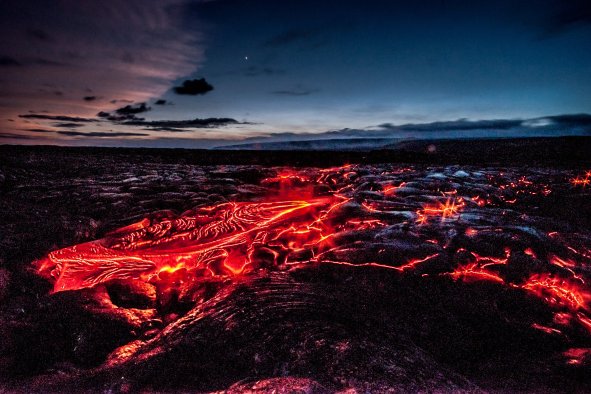A blue hole off the coast of Mexico has been found to be the deepest underwater sinkhole in the world.
The Taam Ja' Blue Hole, which was first discovered in 2021, was originally thought to be 900 feet deep, but according to new research published in the journal Frontiers in Marine Science, it's actually at least 480 feet deeper at a staggering 1,380 feet below sea level.
This makes it 393 feet deeper than the previous record-holding blue hole: the Sansha Yongle Blue Hole, or Dragon Hole, in the South China Sea, which is 987 feet deep.
Blue holes are large marine sinkholes that lead into underground cave systems, typically found in the shallow coastal waters of the ocean, and are named for their striking deep blue color. They are formed from the erosion of rocks, usually being found in areas where the ocean bedrock is made of soluble material, such as limestone, marble or gypsum. These formations are often of great interest to divers and scientists because of their unique geological structures, diverse marine life and the preserved fossils found within their depths.
Famous examples include the 410-foot Great Blue Hole in Belize, the 663-foot Dean's Blue Hole in the Bahamas and the 328-foot Blue Hole in the Red Sea near Dahab, Egypt.
The researchers investigated the Taam Ja' Blue Hole (TJBH)—which is located in Chetumal Bay off the southeast coast of the Yucatán Peninsula—using a conductivity, temperature and depth (CTD) profiler, which transmits the properties of an underwater environment back up to the surface.
"On December 6, 2023, a scuba diving expedition was conducted to identify the environmental conditions prevailing at the TJBH," the researchers wrote. "Recent CTD profiler records in TJBH surpassed 420 mbsl [meters below sea level] with no bottom yet reached, establishing the TJBH as the deepest-known blue hole globally."
Confirmation of its depth was not initially possible because of instrument limitations during the scientific expeditions in 2021 that led to its discovery.
The study also reveals that the salinity of the water in the blue hole resembles that of the Caribbean Sea, implying that the TJBH may be connected to the ocean via hidden tunnels.
The researchers hope to carry out investigations of the depth and properties of the blue hole, and the structure of any cave systems deep within it.
"Further research and implementation of underwater navigation technologies are essential to decipher its maximum depth and the possibilities of forming part of an interconnected system of caves and tunnels," they wrote in the paper. "Within the depths of TJBH could also lie a biodiversity to be explored and linked to physicochemical and geomorphological processes."
Do you have a tip on a science story that Newsweek should be covering? Do you have a question about blue holes? Let us know via science@newsweek.com.
Disclaimer: The copyright of this article belongs to the original author. Reposting this article is solely for the purpose of information dissemination and does not constitute any investment advice. If there is any infringement, please contact us immediately. We will make corrections or deletions as necessary. Thank you.



